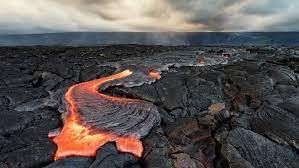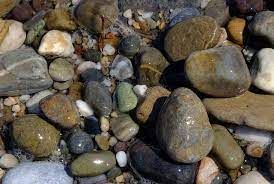Rocks and Minerals - 2 Class 2 Worksheet Science
Q1: Multiple Choice Questions (MCQs)
(i) What are rocks made of?
(a) Candy
(b) Chocolate
(c) Minerals
(d) Toys
(ii) Which of these is NOT a type of rock?
(a) Igneous
(b) Sedimentary
(c) Lava
(d) Metamorphic
(iii) What type of rock is formed from the cooling of molten lava or magma?
(a) Sedimentary
(b) Metamorphic
(c) Igneous
(d) Fossils

(iv) Which mineral is often used to make jewelry and is usually blue?
(a) Gold
(b) Silver
(c) Diamond
(d) Sapphire
(v) Which type of rock is formed from layers of sediment over time?
(a) Igneous
(b) Sedimentary
(c) Metamorphic
(d) Volcanic

Q2: Fill in the Blanks
(i) Rocks are made up of __________.
(ii) ___________ rocks are formed from layers of sediment.
(iii) When lava cools down, it forms _________ rocks.
(iv) __________ is a blue mineral often used in jewelry.
(v) Rocks can be found in different ___________ and sizes.
Q3: Short Question Answer
(i) What are minerals, and how are they different from rocks?
(ii) How are sedimentary rocks formed?
(iii) Can you name a rock that is often used to make sculptures?
(iv) What happens to rocks under a lot of heat and pressure over time?
(v) Why are rocks important?
You can access the solutions to this worksheet here.
|
1 videos|494 docs
|
FAQs on Rocks and Minerals - 2 Class 2 Worksheet Science
| 1. What are the main types of rocks? |  |
| 2. How can you identify different minerals? |  |
| 3. Why are rocks and minerals important to us? |  |
| 4. What is the rock cycle? |  |
| 5. How do fossils form in sedimentary rocks? |  |
















